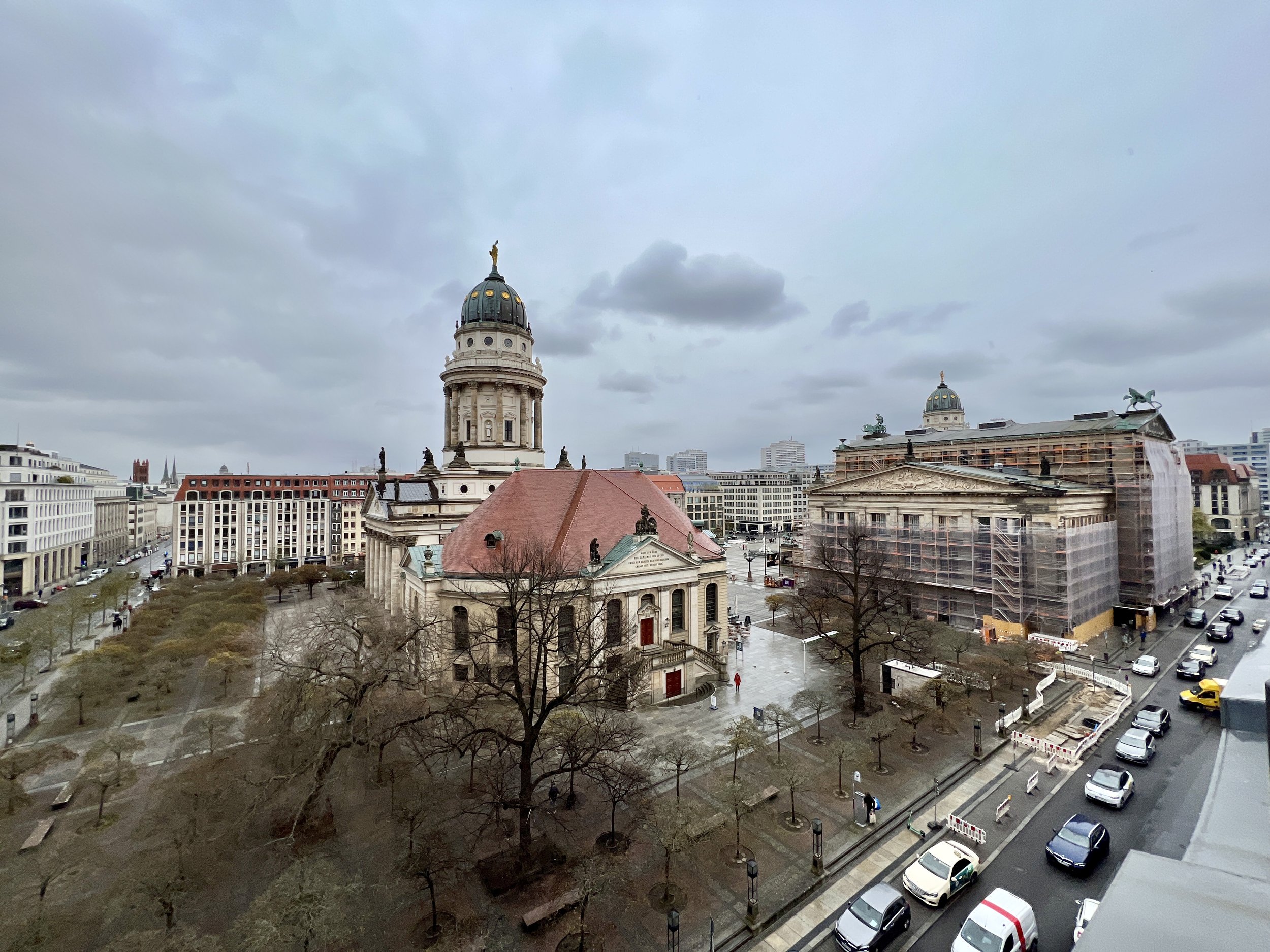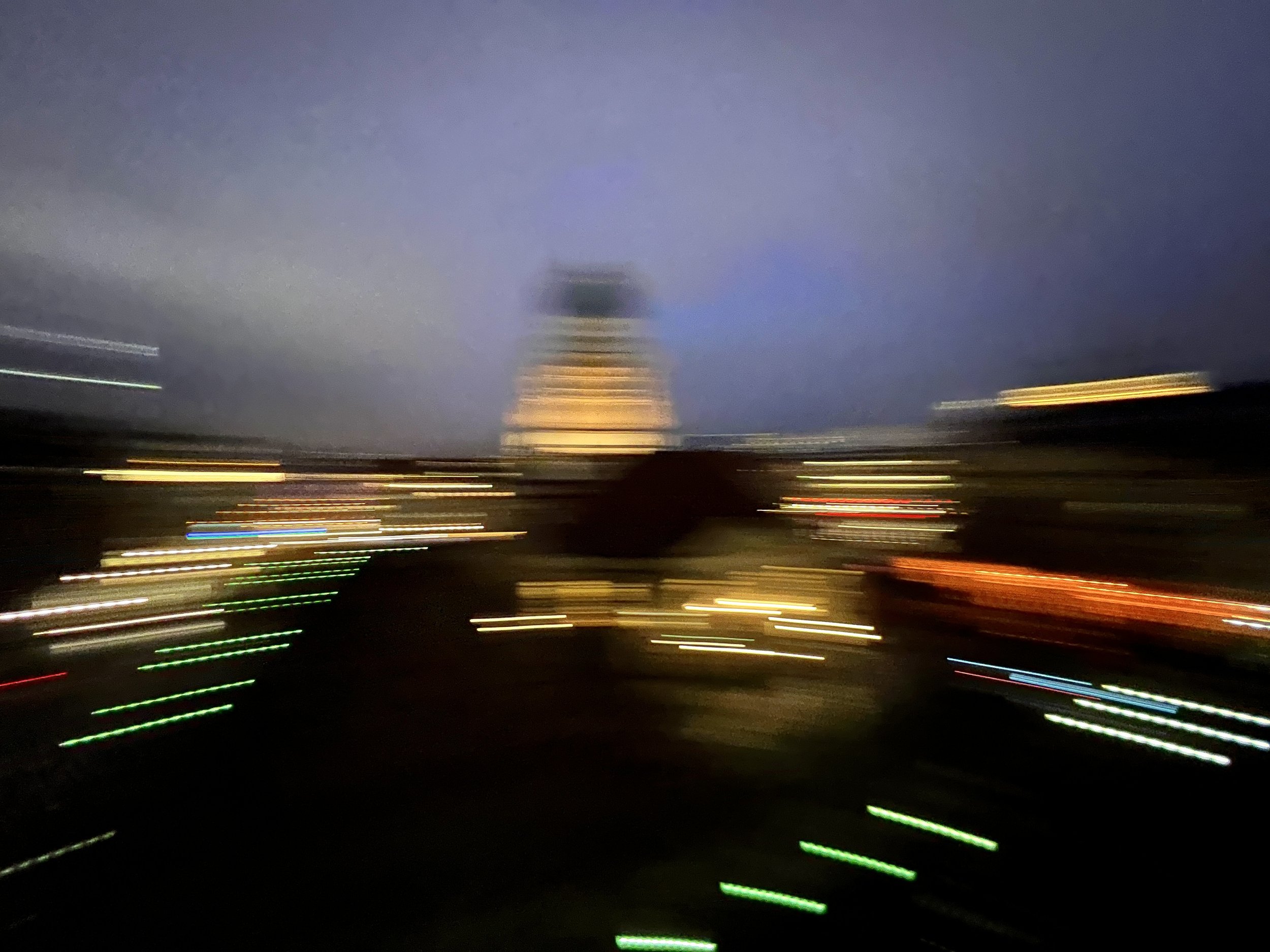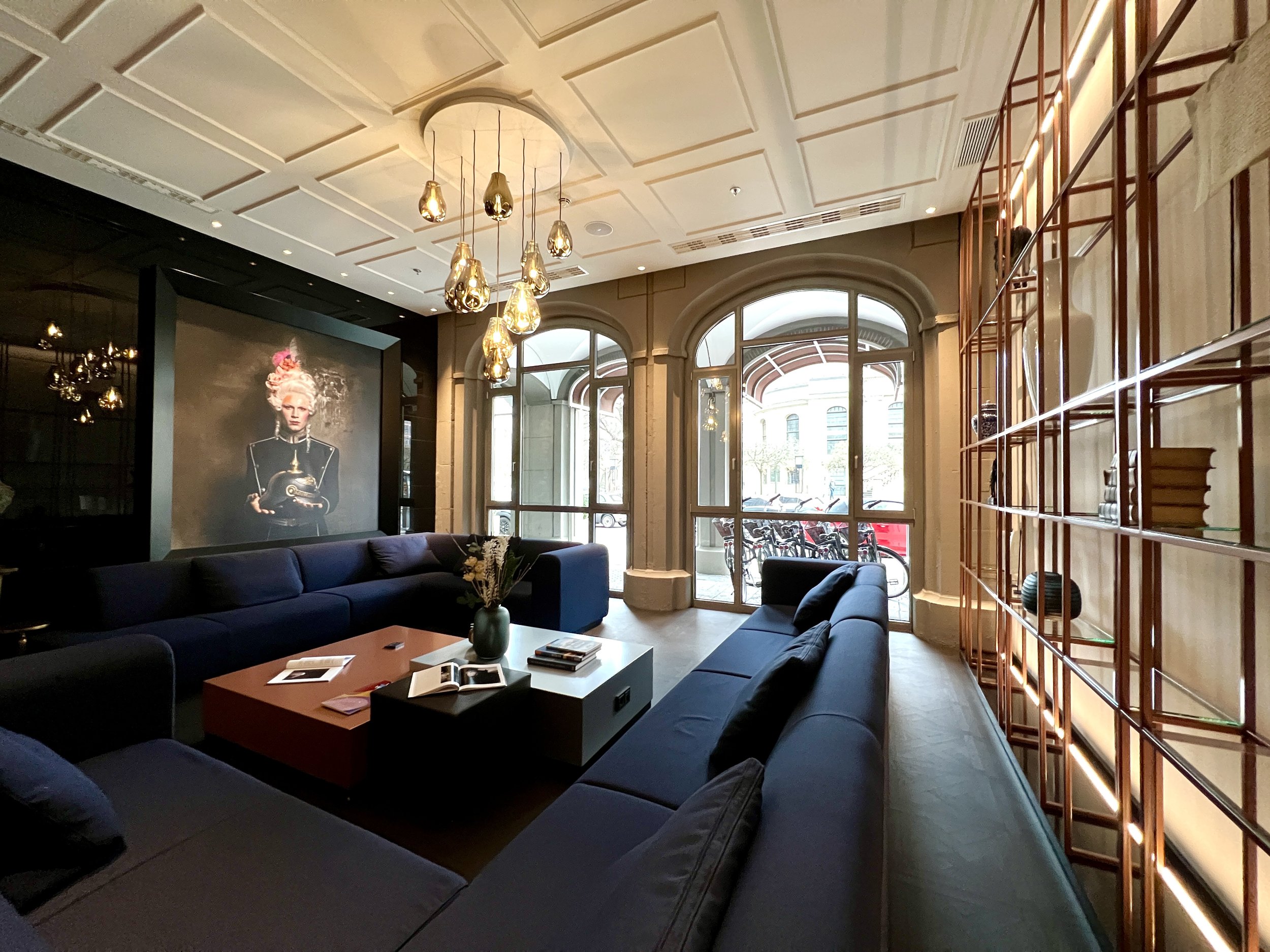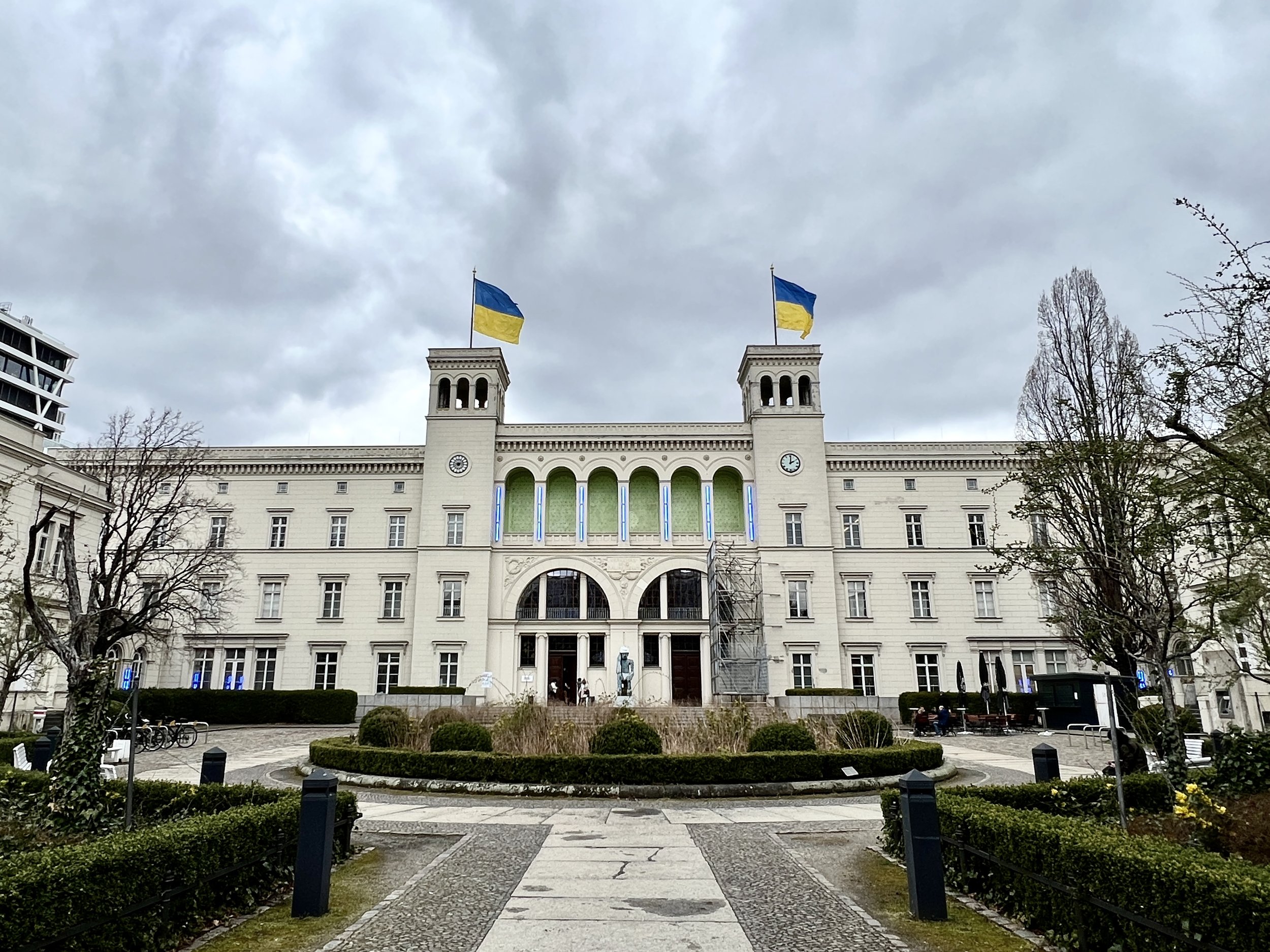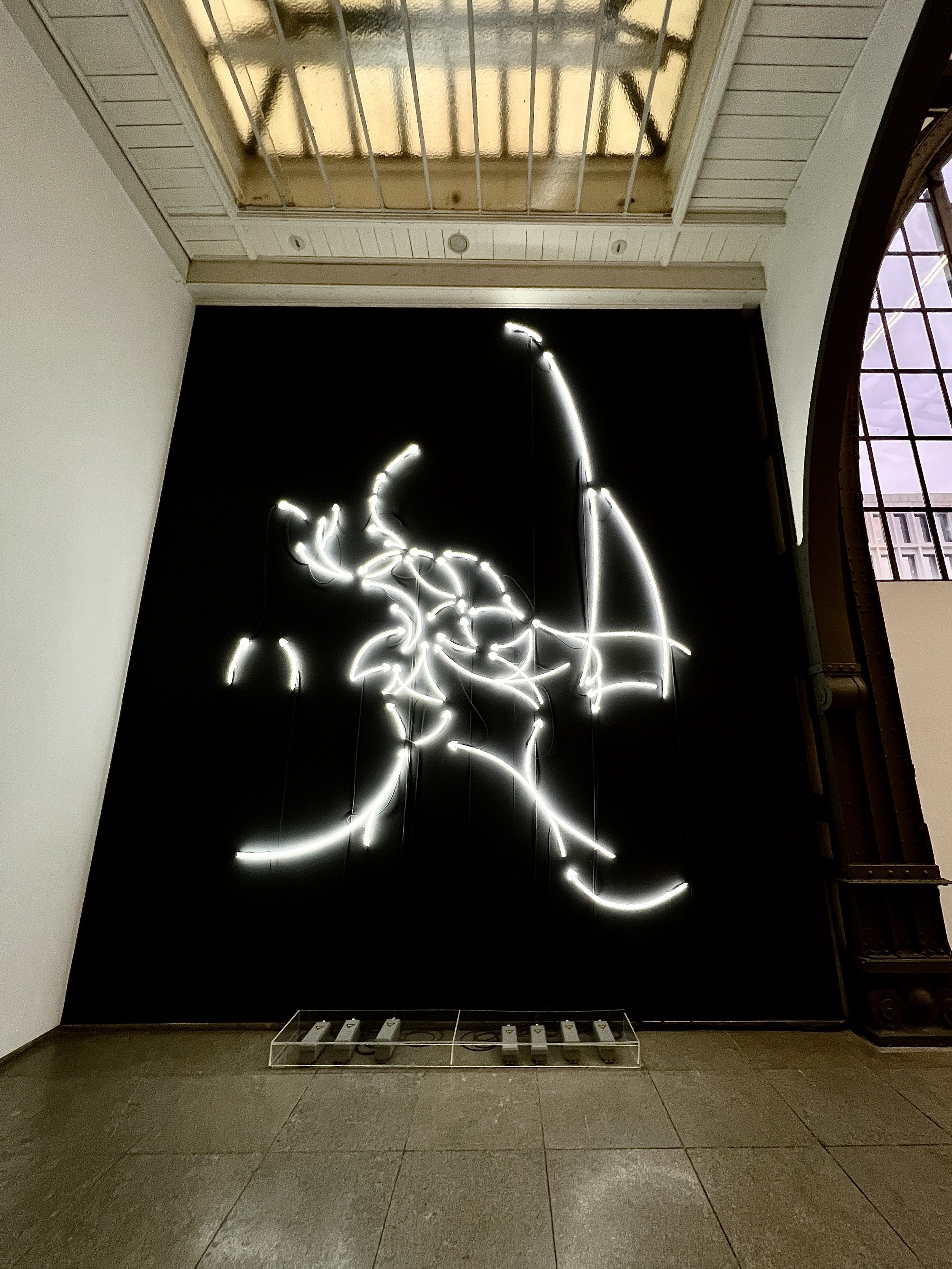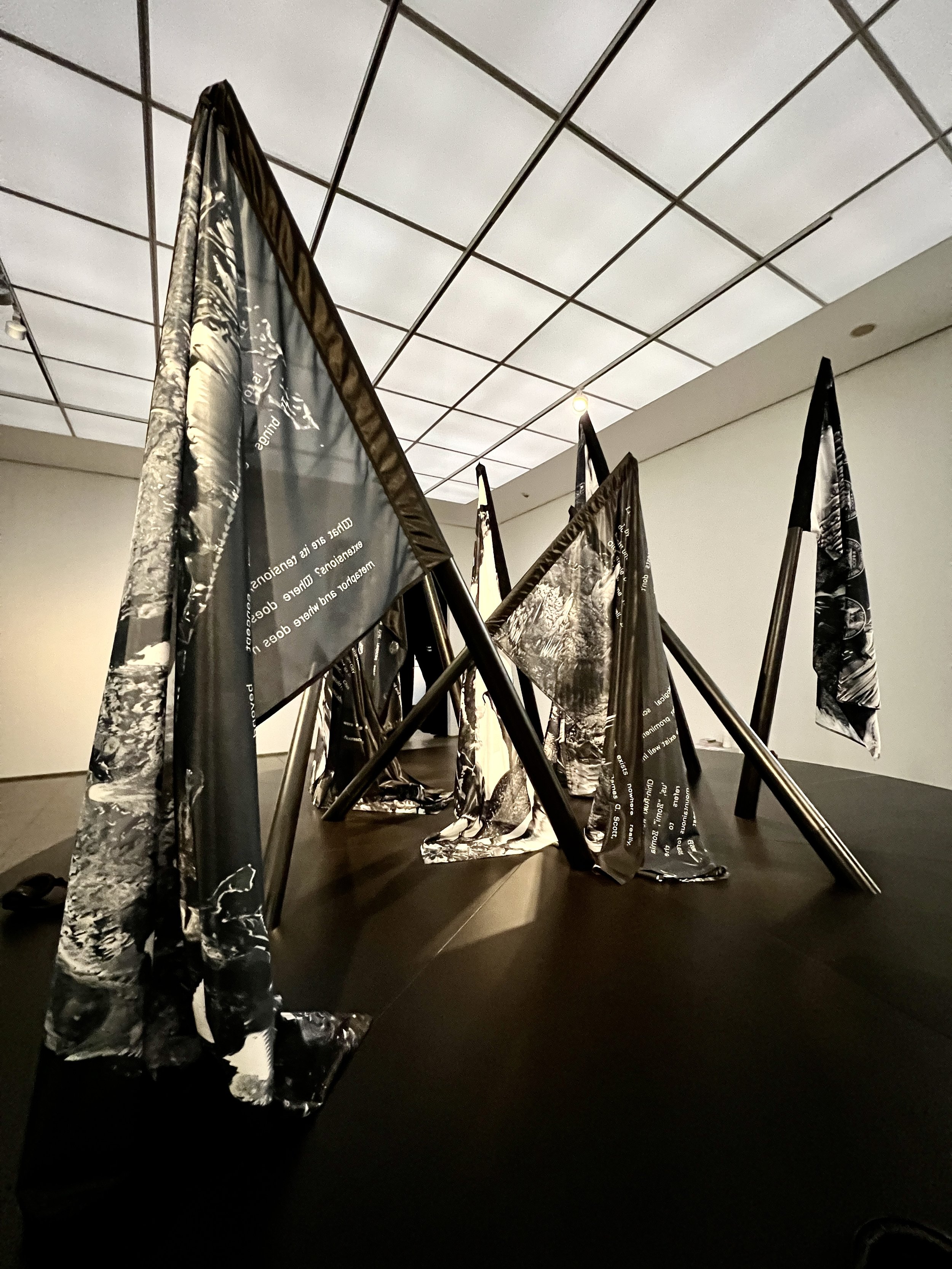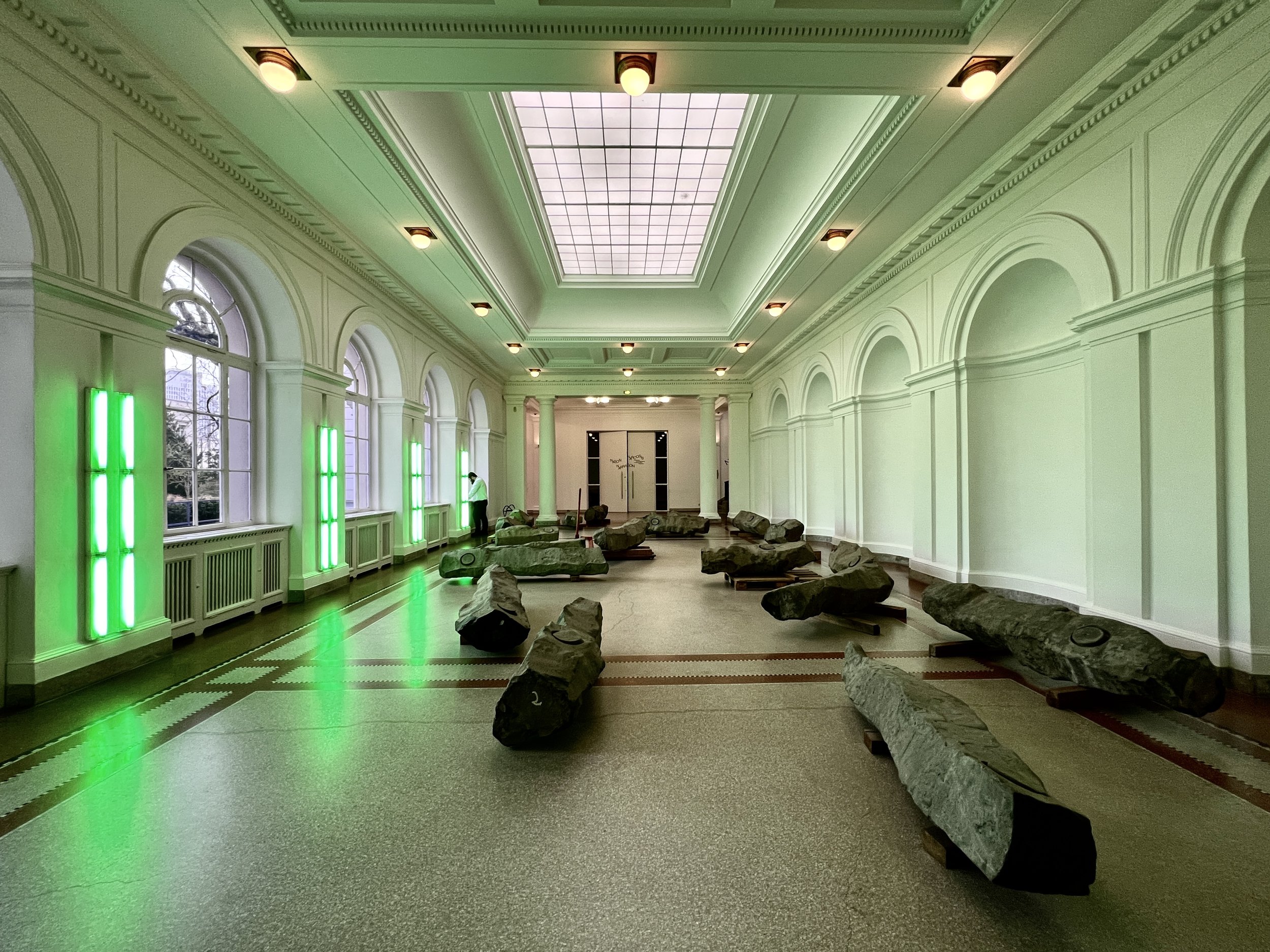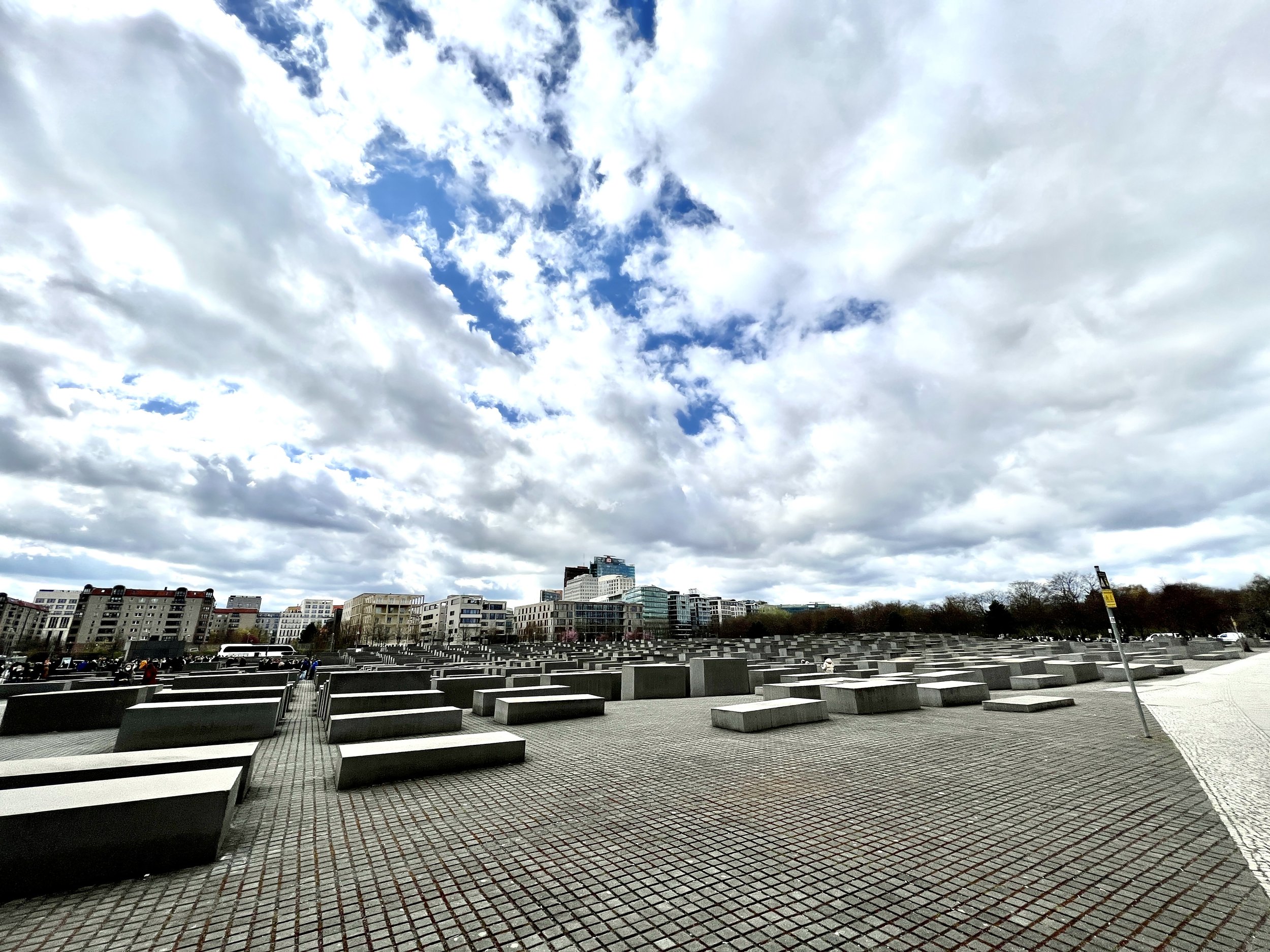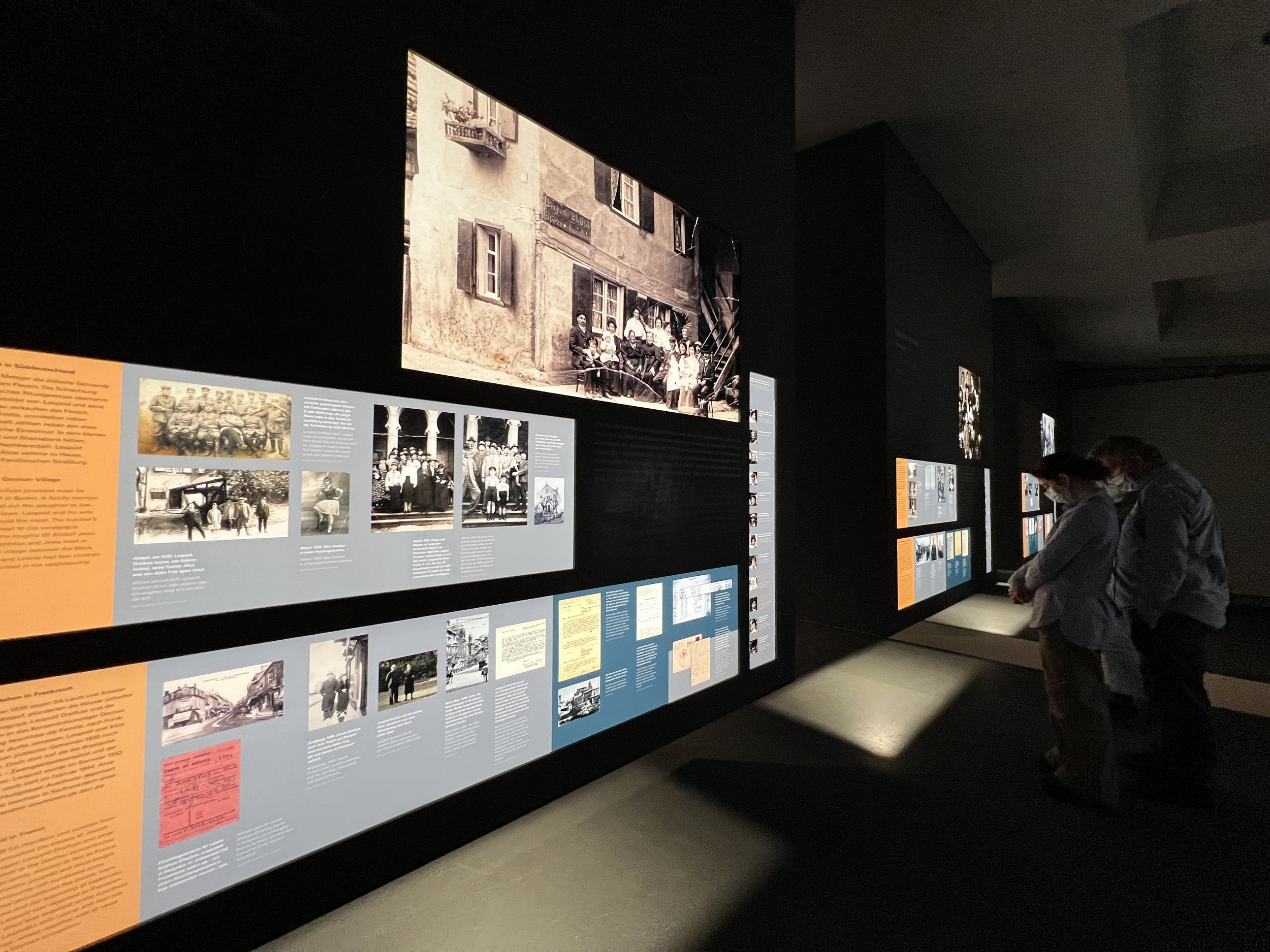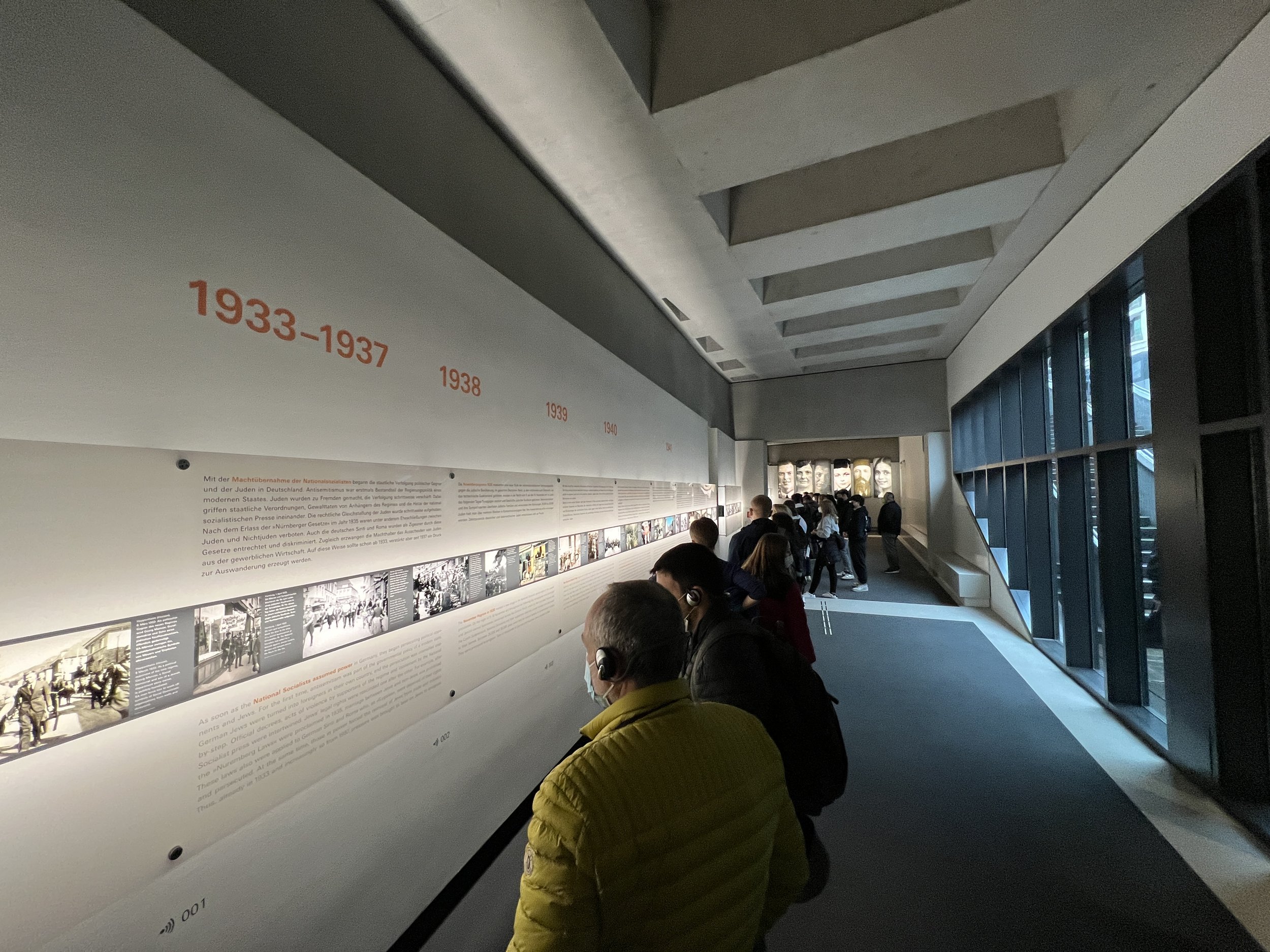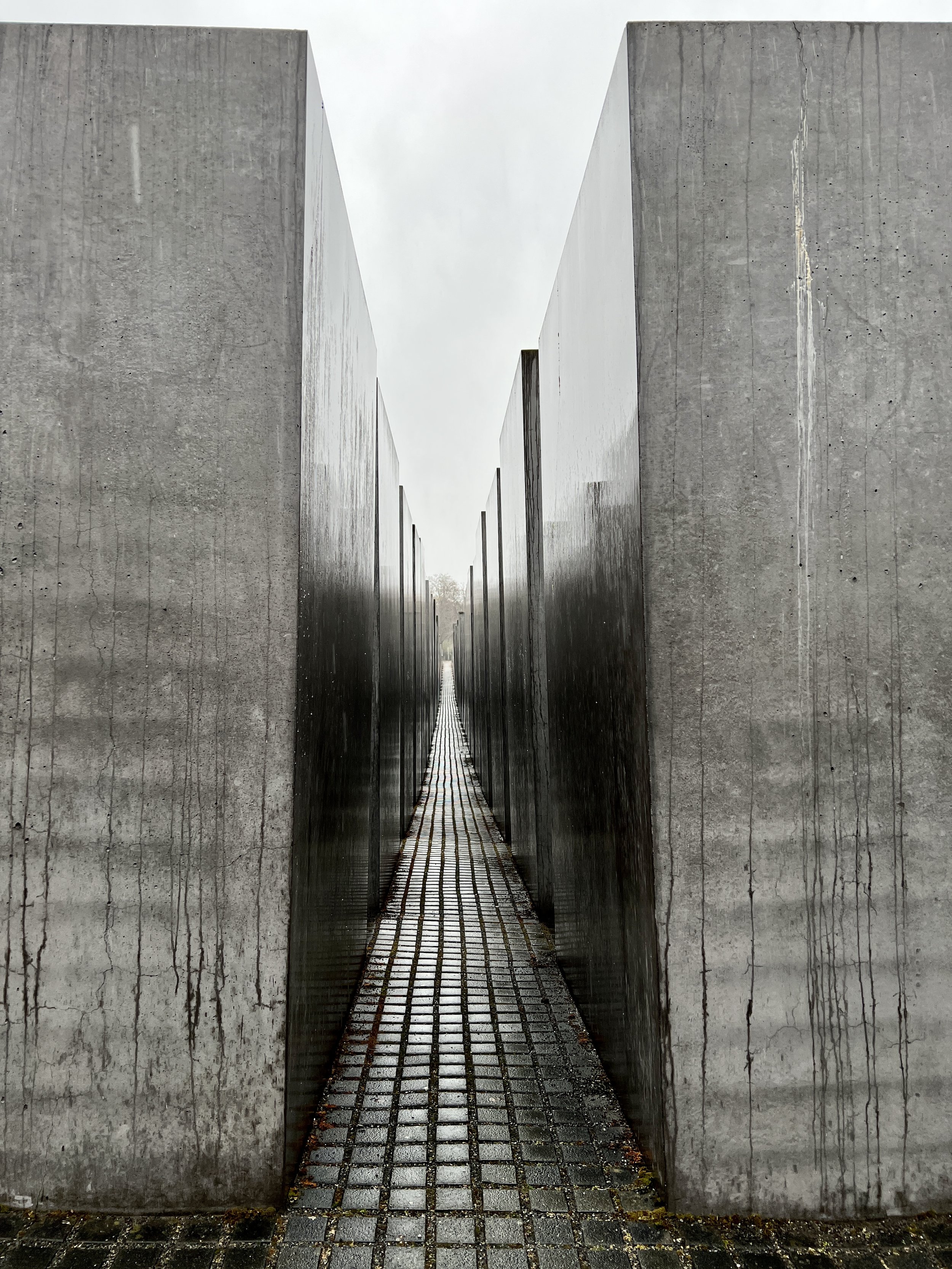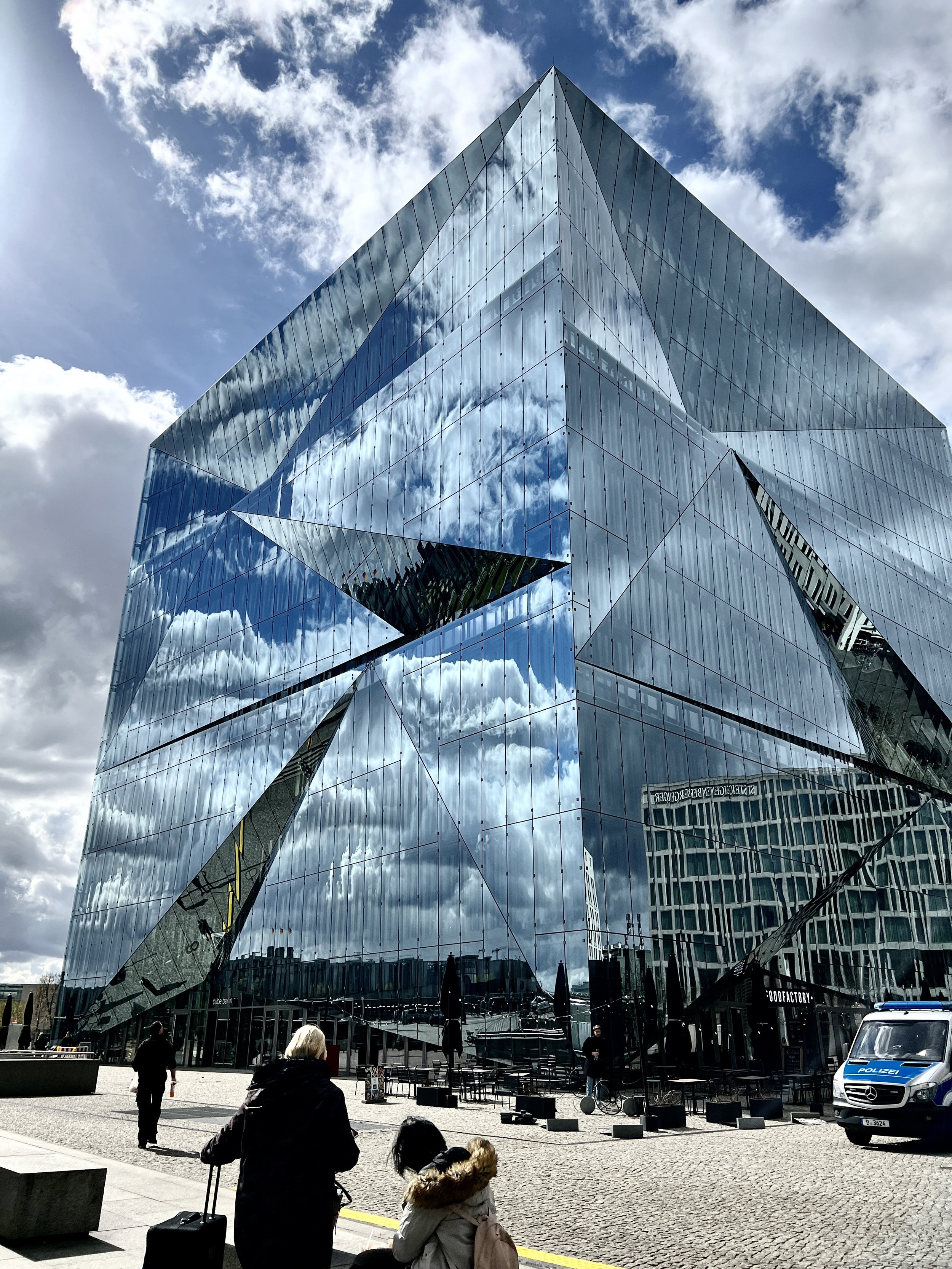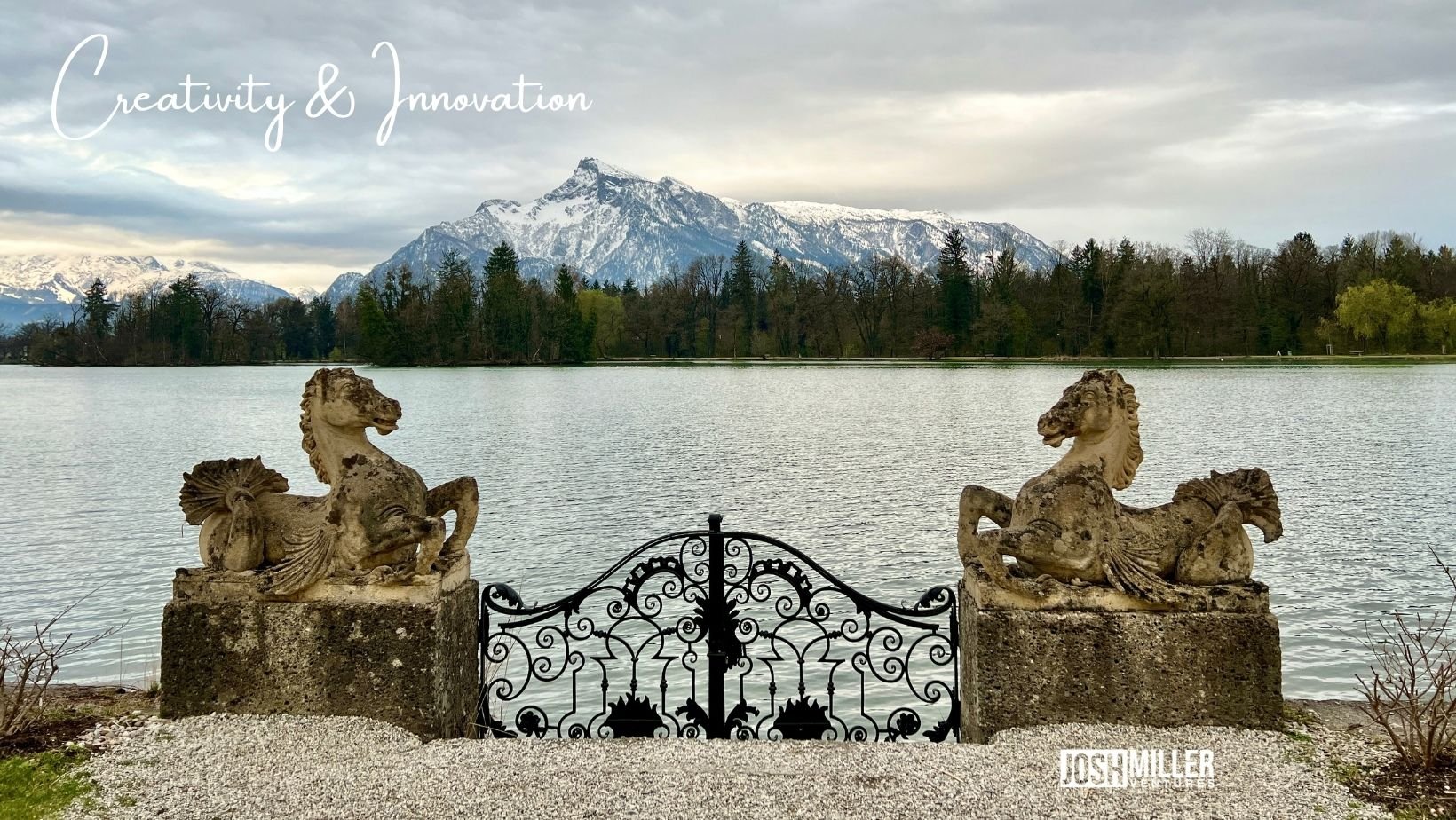Until recently, creativity was one of those words that was hard for me to define, and easy to use. We often hear phrases like "That's so creative" and sometimes I find myself asking, "Is it though?"
Just like understanding hope in terms of hope theory - with hope being comprised of goals, pathways, and agency, understanding some of the research behind creativity provided me with new language and insights.
As Margaret Boden wrote, “A creative idea is one which is novel, surprising, and valuable (interesting, useful, beautiful…).”
It was the topic of creativity that brought together creativity researchers, experience designers, artists and business leaders from the U.S. and the EU to advance creativity across the world this past week in Salzburg, Austria for the first Cross-Atlantic Creativity Congress (CACC).
"Behind all innovations are a group of people who can imagine a different or better future for all of us," said CACC co-curator and Sonophilia Foundation founder Seda Röder, who reminded us that creativity is 5th in the World Economic Forum's Top 10 Job Skills of Tomorrow list.
Before CACC, I hadn’t realized how many myths there are about creativity. “Children are more creative than adults” – false. “Creativity is essentially the same as art” – false. “Creative accomplishments are usually the result of a sudden inspiration” – false. What research has shown, according to Benedek et al. is that “achieving a creative breakthrough in a domain (i.e. publishing a successful novel) typically requires at least 10 years of deliberate work,” and “creativity is an important part of mathematical thinking.”
From business leadership to creating art and developing research studies to map how our brain accesses our memories – creativity in its many forms are present across industries. And, that was what my presentation during CACC focused on, the “Creativity of Artists” and how our work at IDEAS xLab has supported corporate innovation, transdisciplinary work with public health, and community collaborations.
Memories, relationships, cultural context, the zeitgeist, our willingness to participate in new experiences – all things that can impact how creativity presents itself in our lives. These insights made me think about how my mind uses the time when I am merging cycling and running with photography to be creative - to connect disparate ideas, experiences and bodies of knowledge in new and useful ways.
I departed Salzburg and Berlin with a new understanding of creativity – mine and others, both personal and professional.
It makes me wonder - What does creativity look like to you? How do you see it in your life?
With gratitude -
Josh
Sign-up for my newsletter here featuring writings on leadership and life, photo essays, Wearable Photos updates and more.
Above: Photo from the Hotel Schloss Leopoldskron terrace after breakfast before CACC 2022.
Additional Quotes from CACC that resonated with me.
"Creativity is the infrastructure of the future." - Faye Hobson, Associate Director of Salzburg Global Seminar
“Creativity is big international business… simulations will be the conveyor belt of the circular economy.” - Bernd Fesel, Director of the European Creative Business Network
“Creativity has been the driving force behind every human innovation and problem we have solved, and isn’t replicable by AI.” - Hannah Merseal, Penn State
Read CACC co-curator Theo Edmonds’ reflection here: imagination bones
Photos from the first Cross-Atlantic Creativity Congress
Photos from Salzburg, Austria
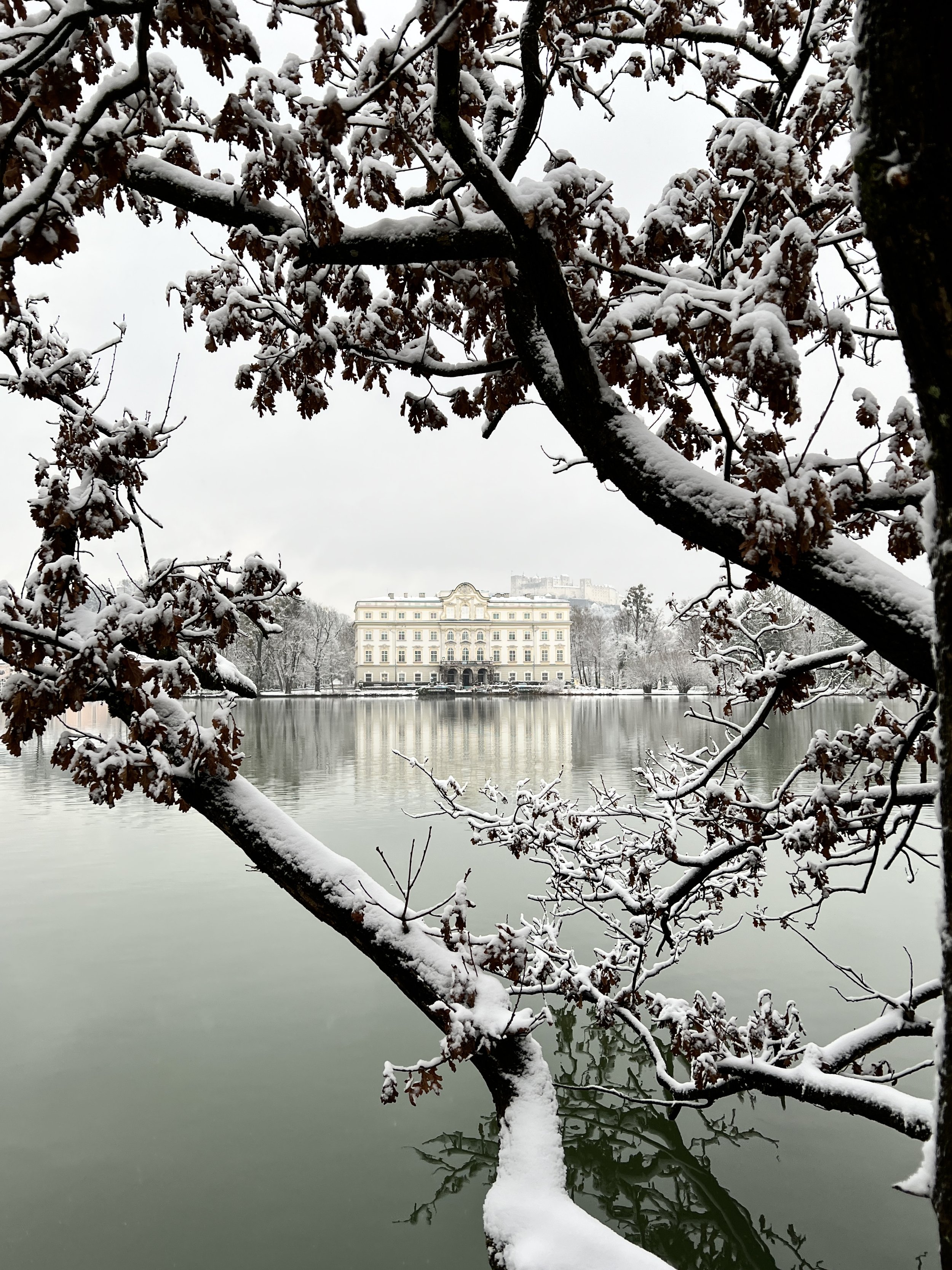
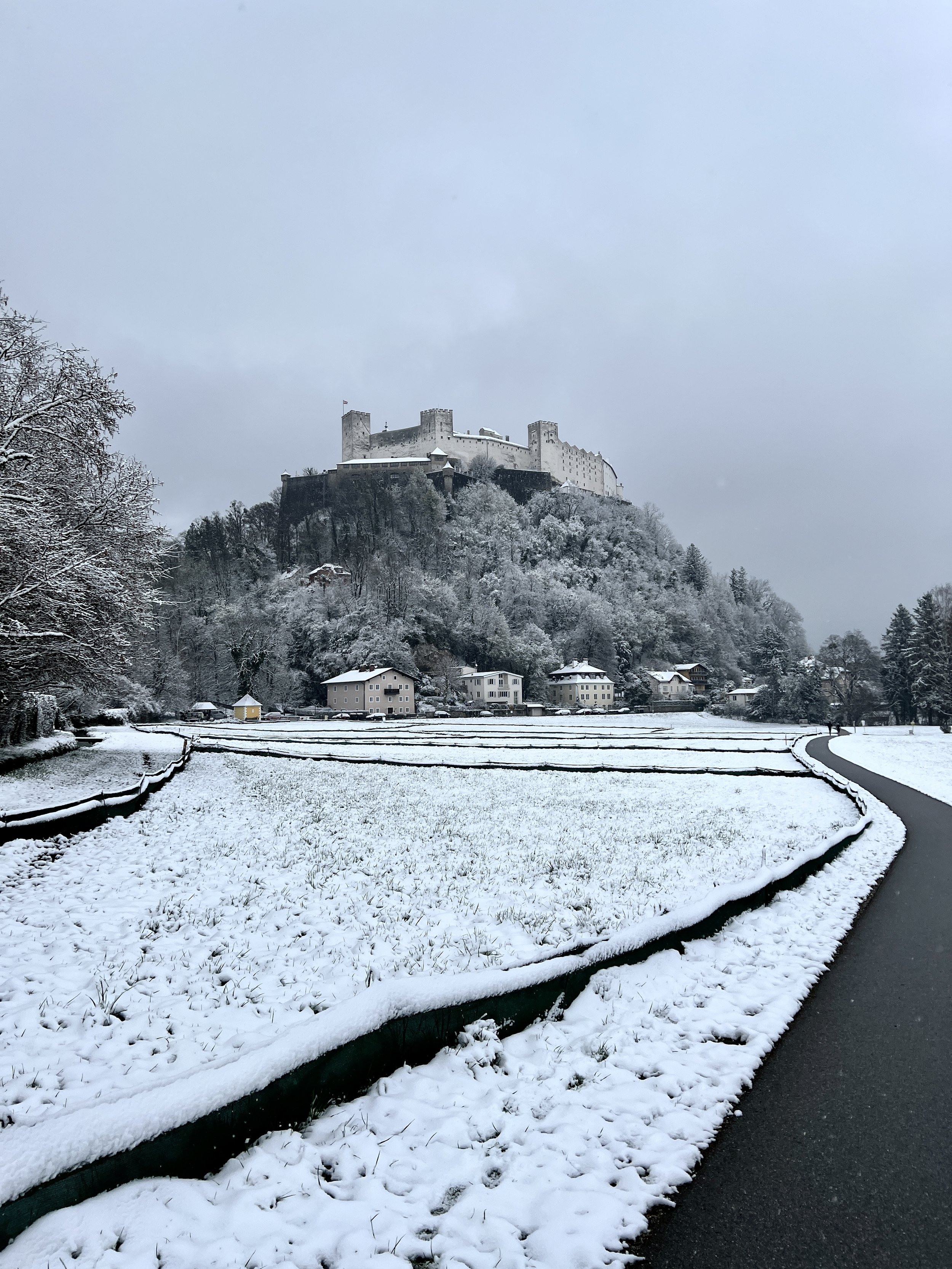

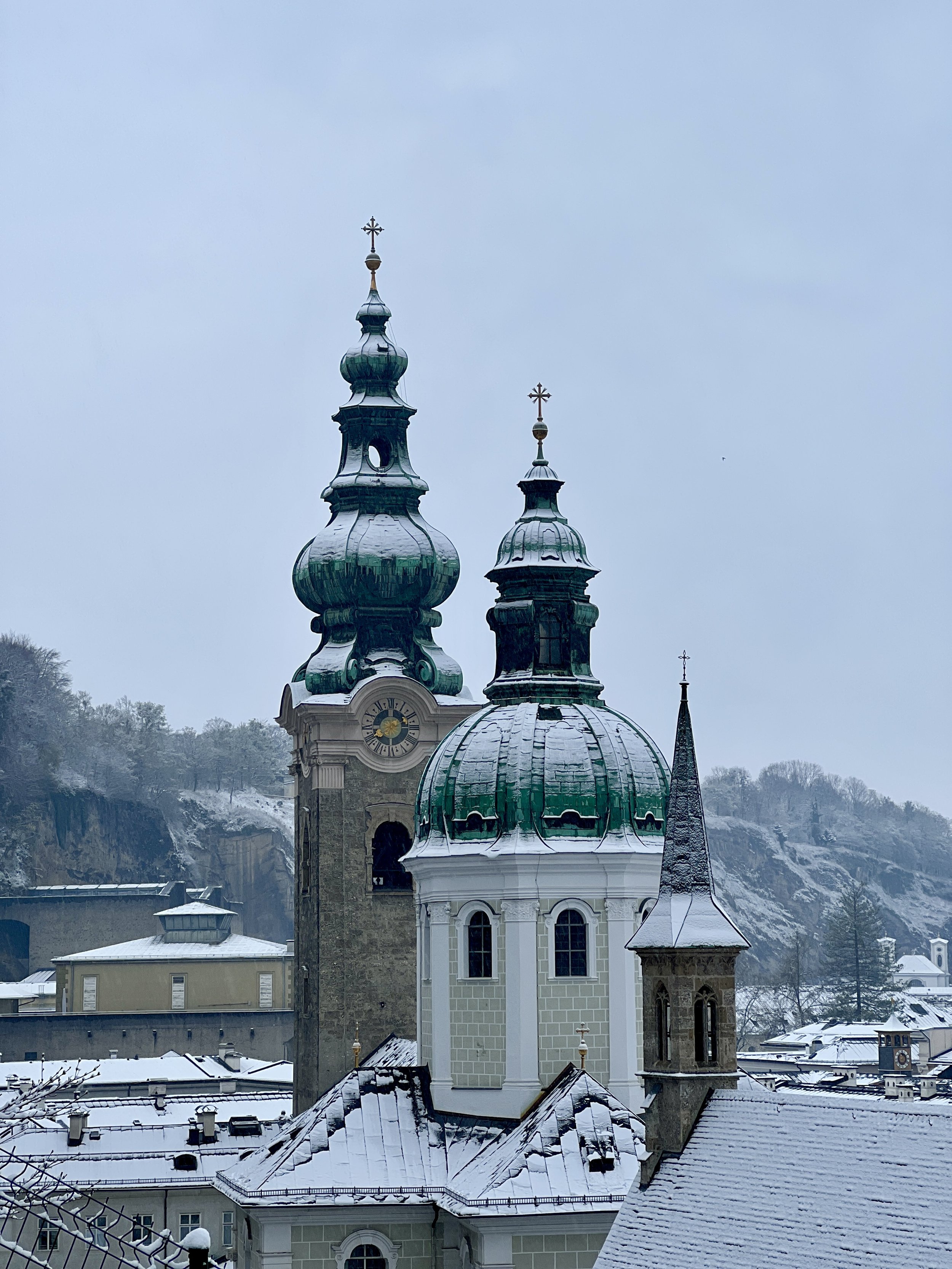
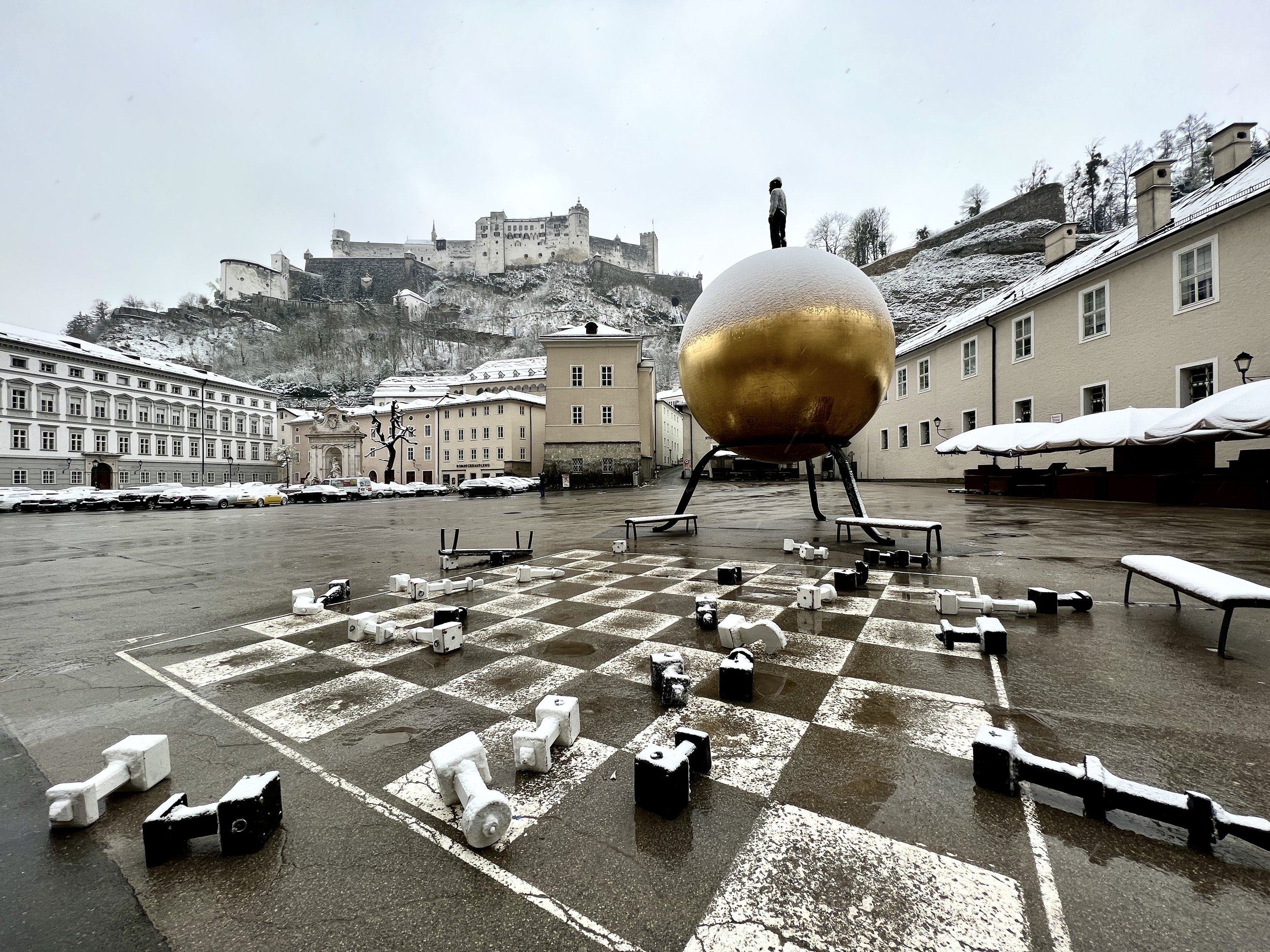
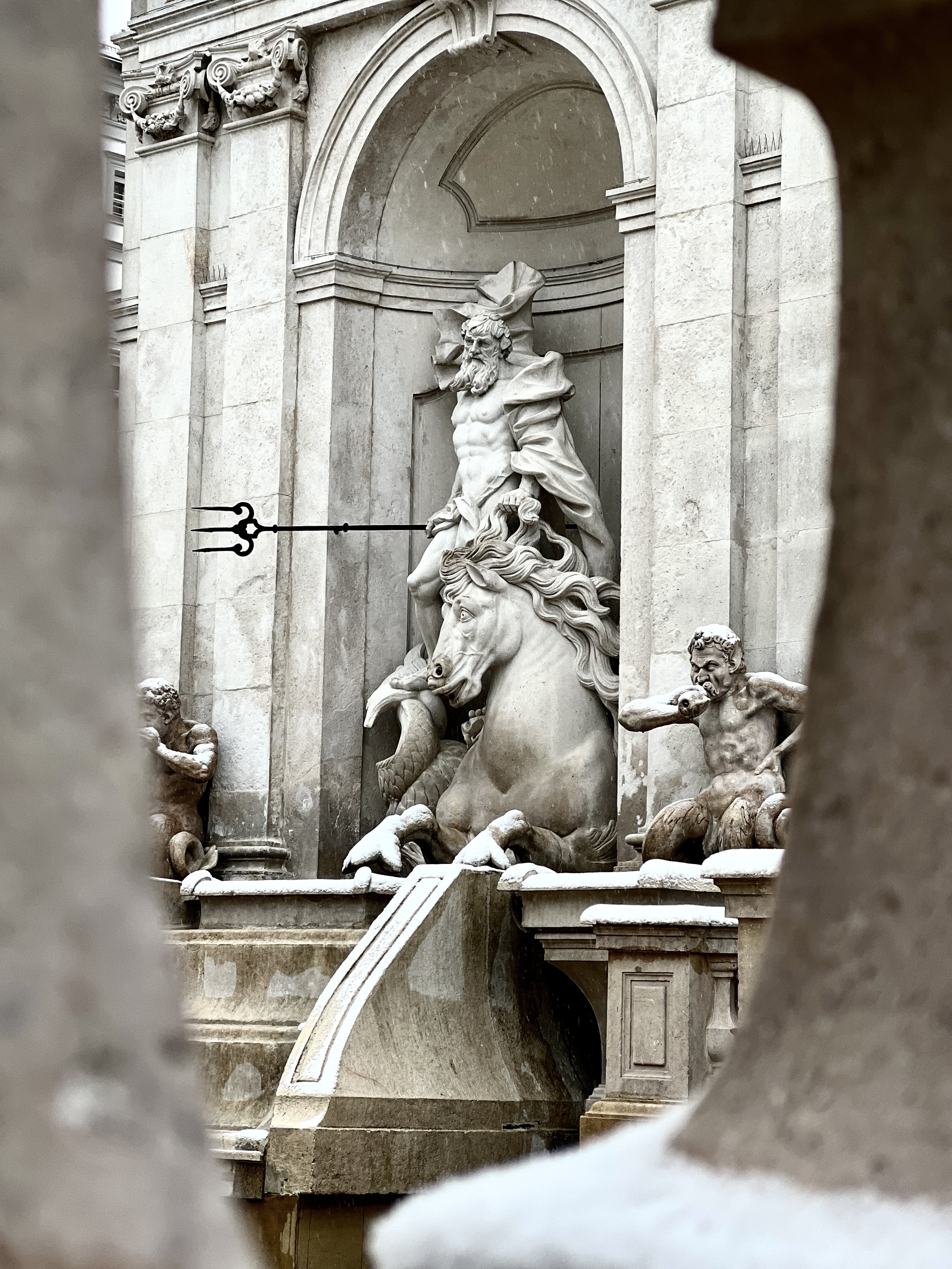
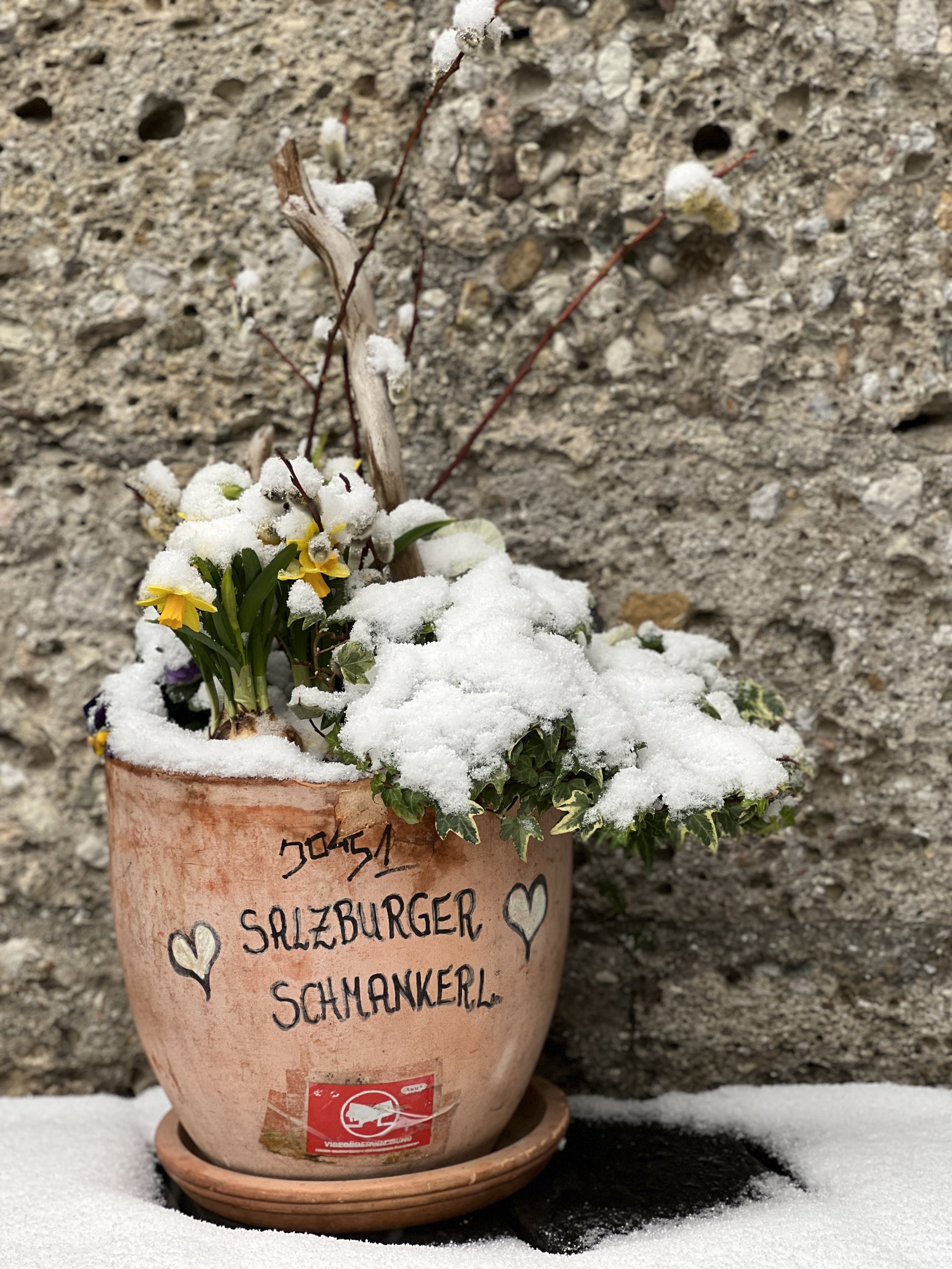
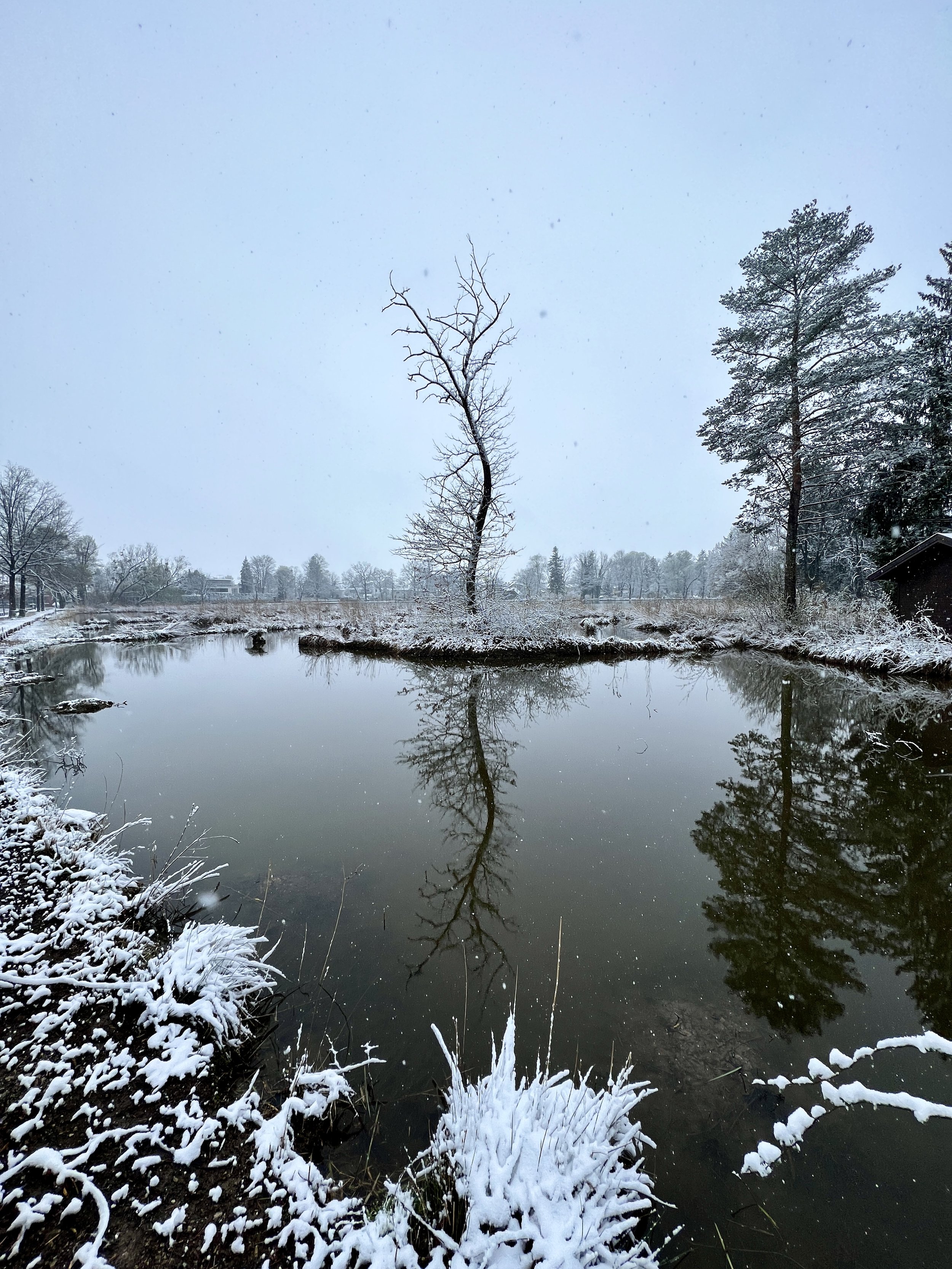

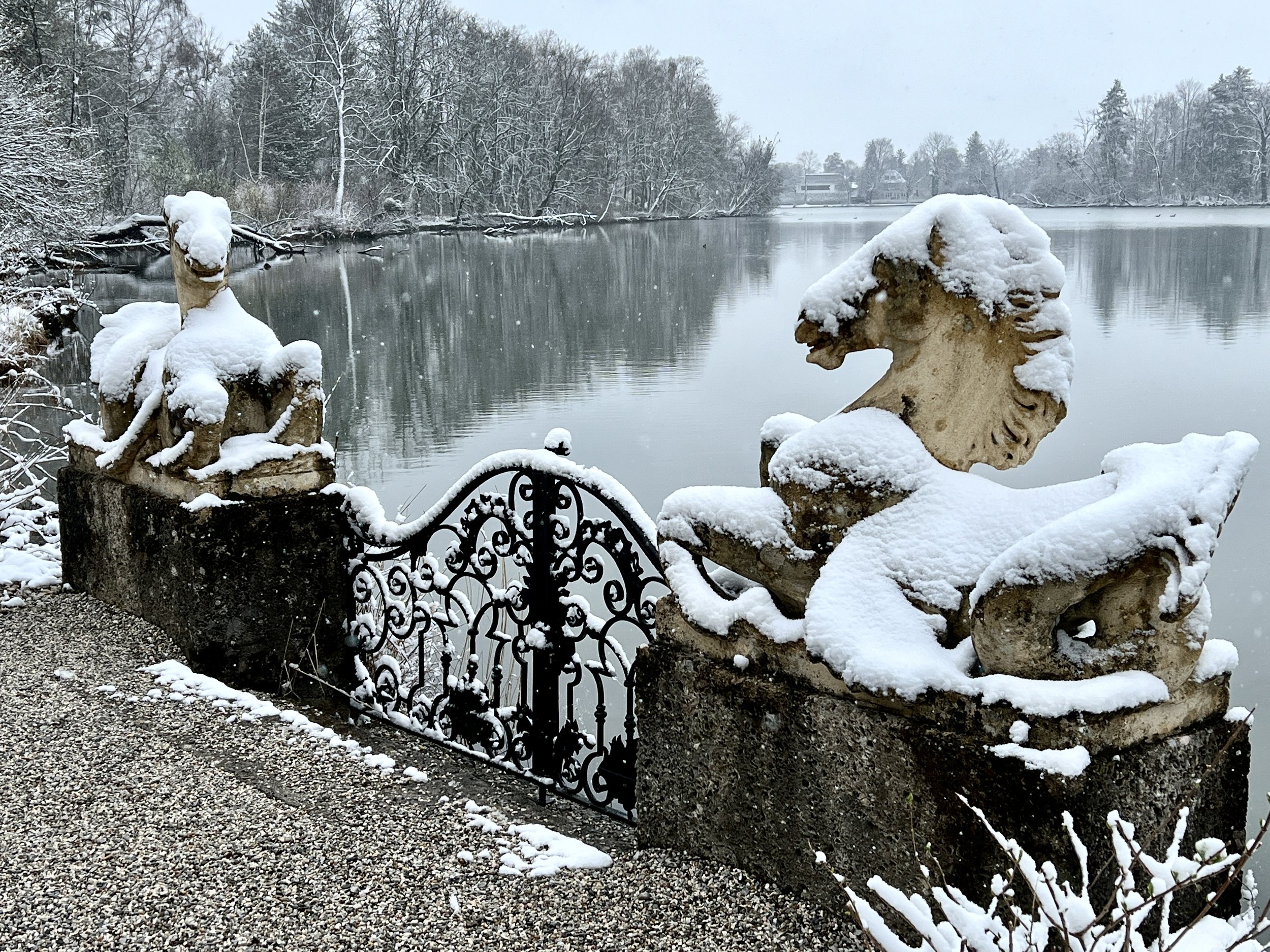
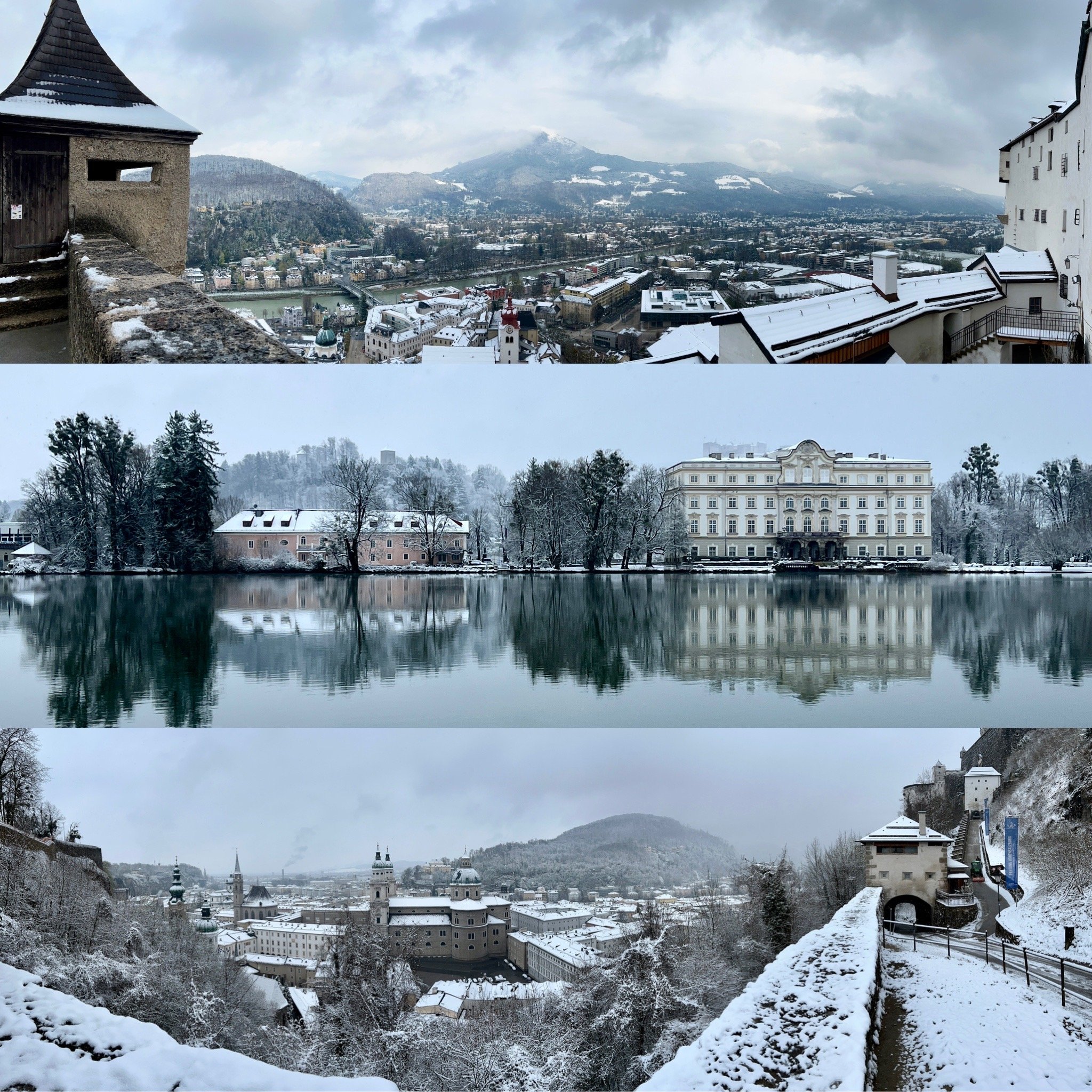

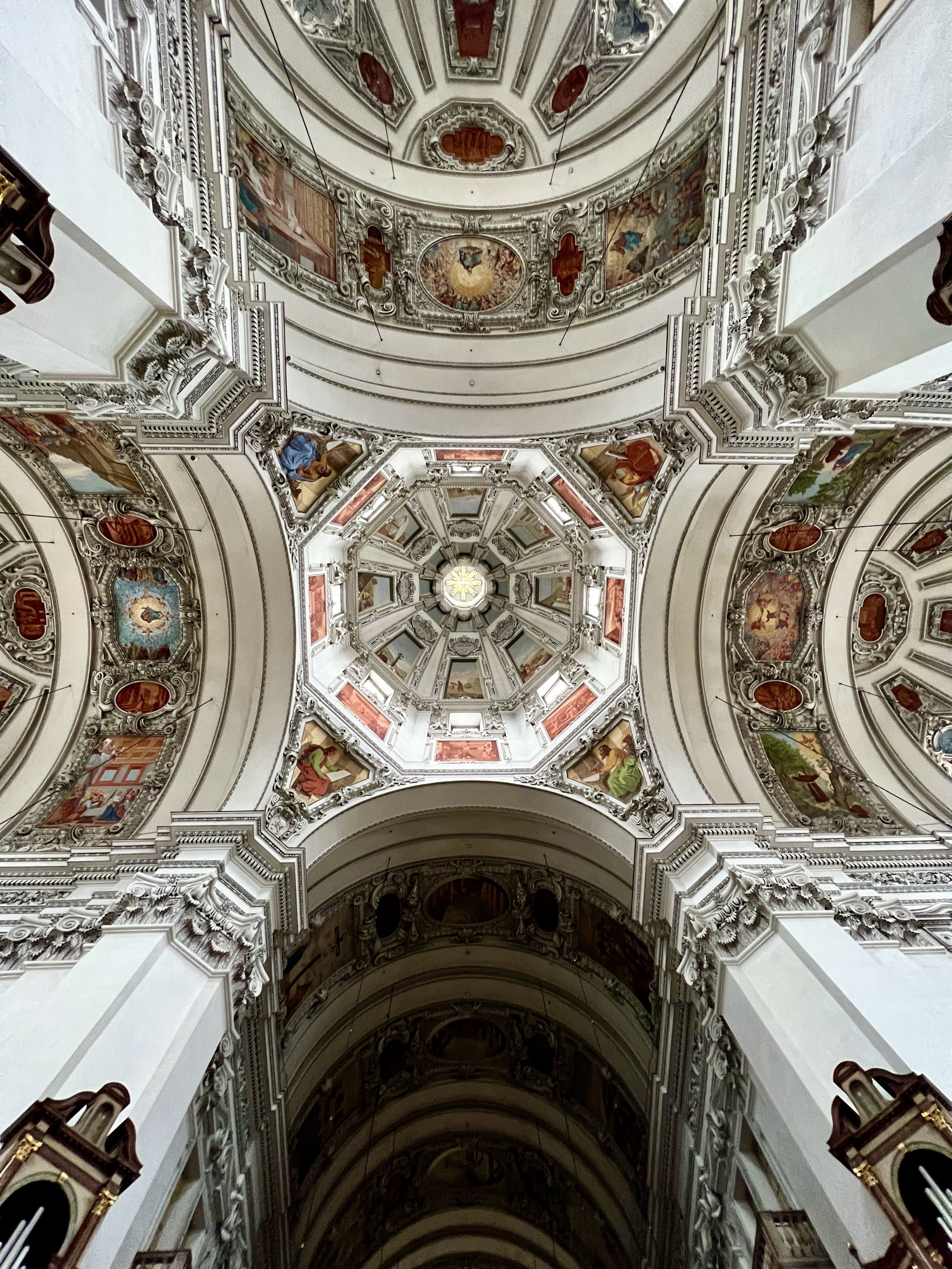

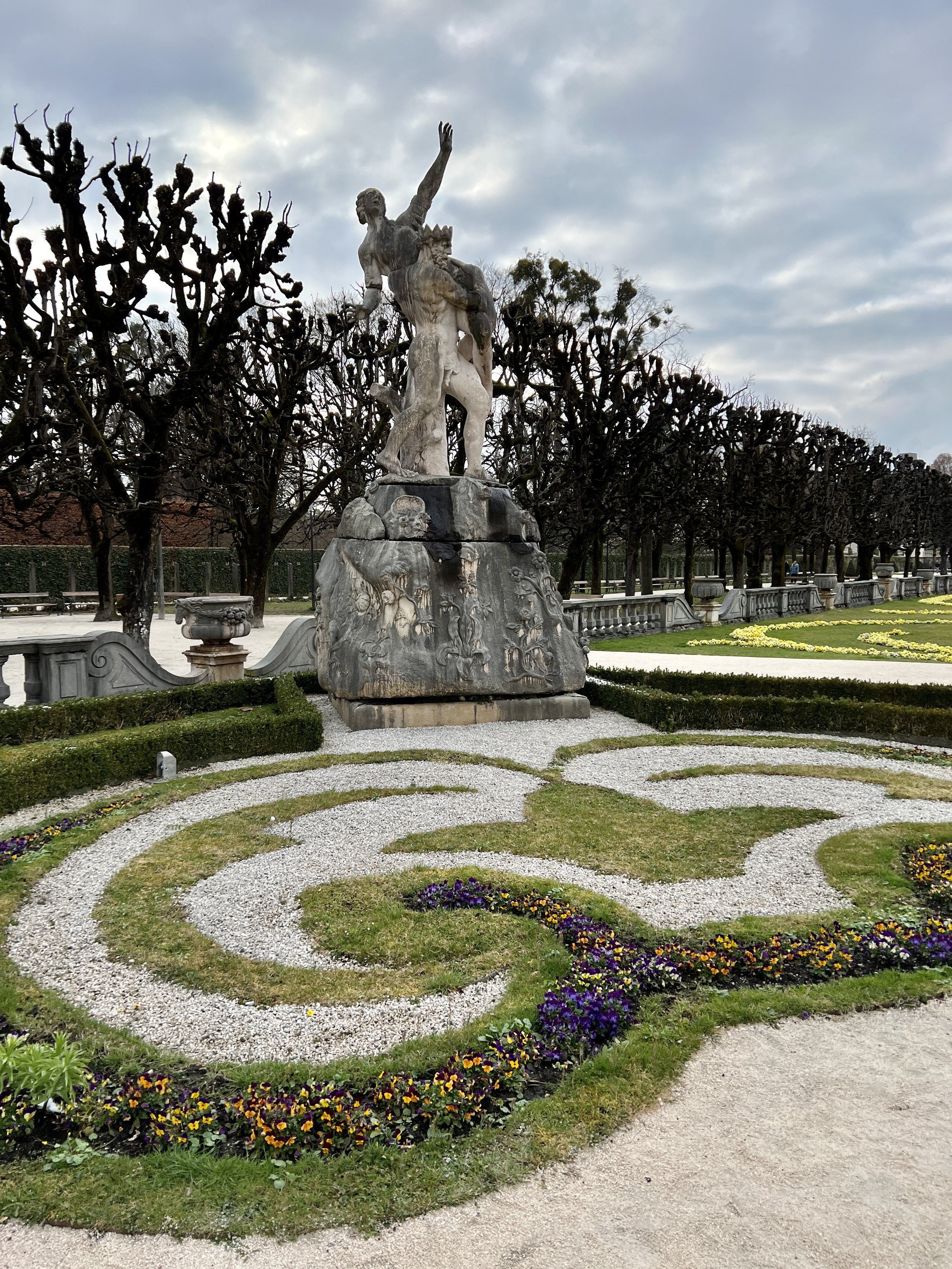
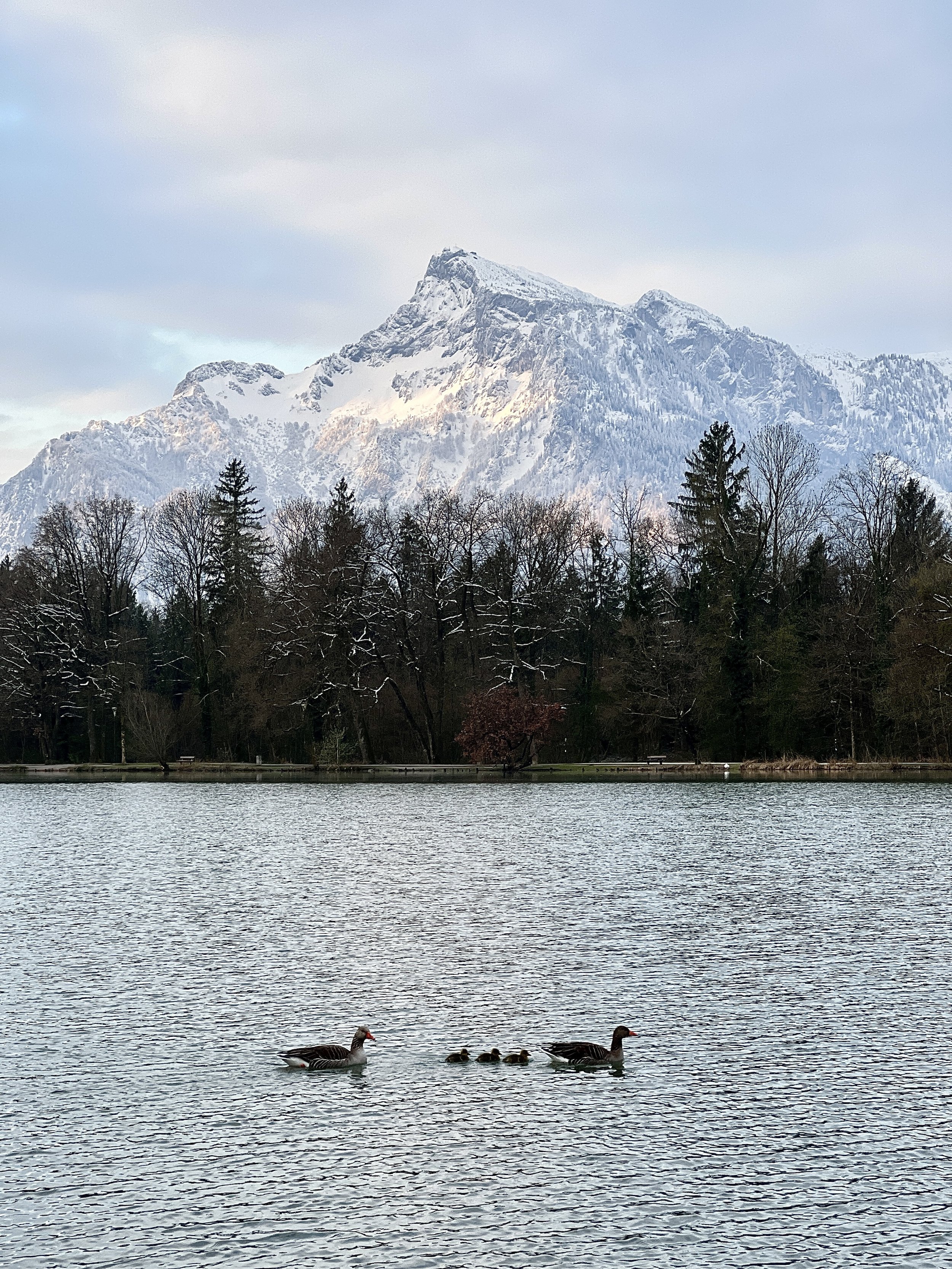
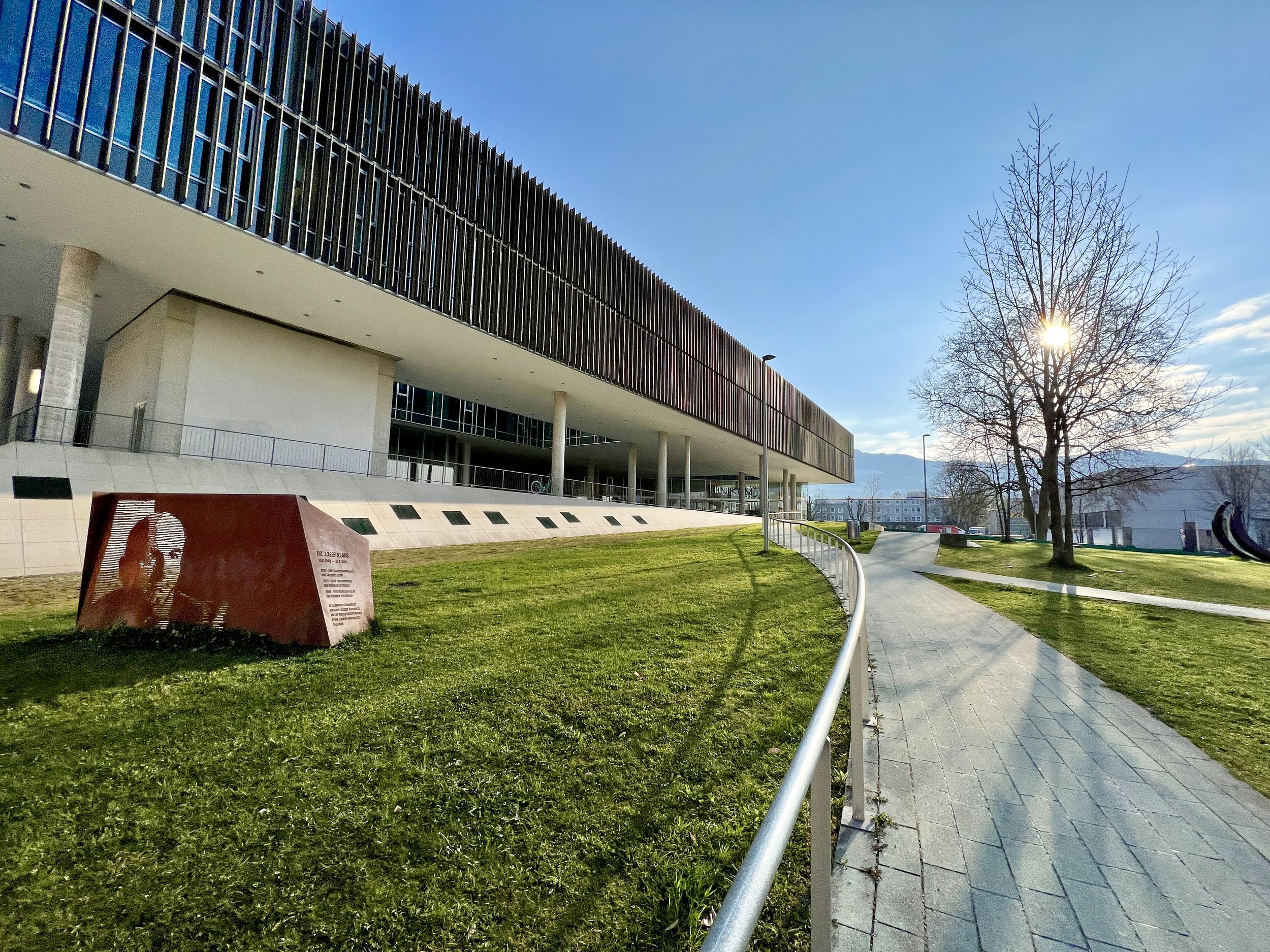
Photos from Berlin, Germany
